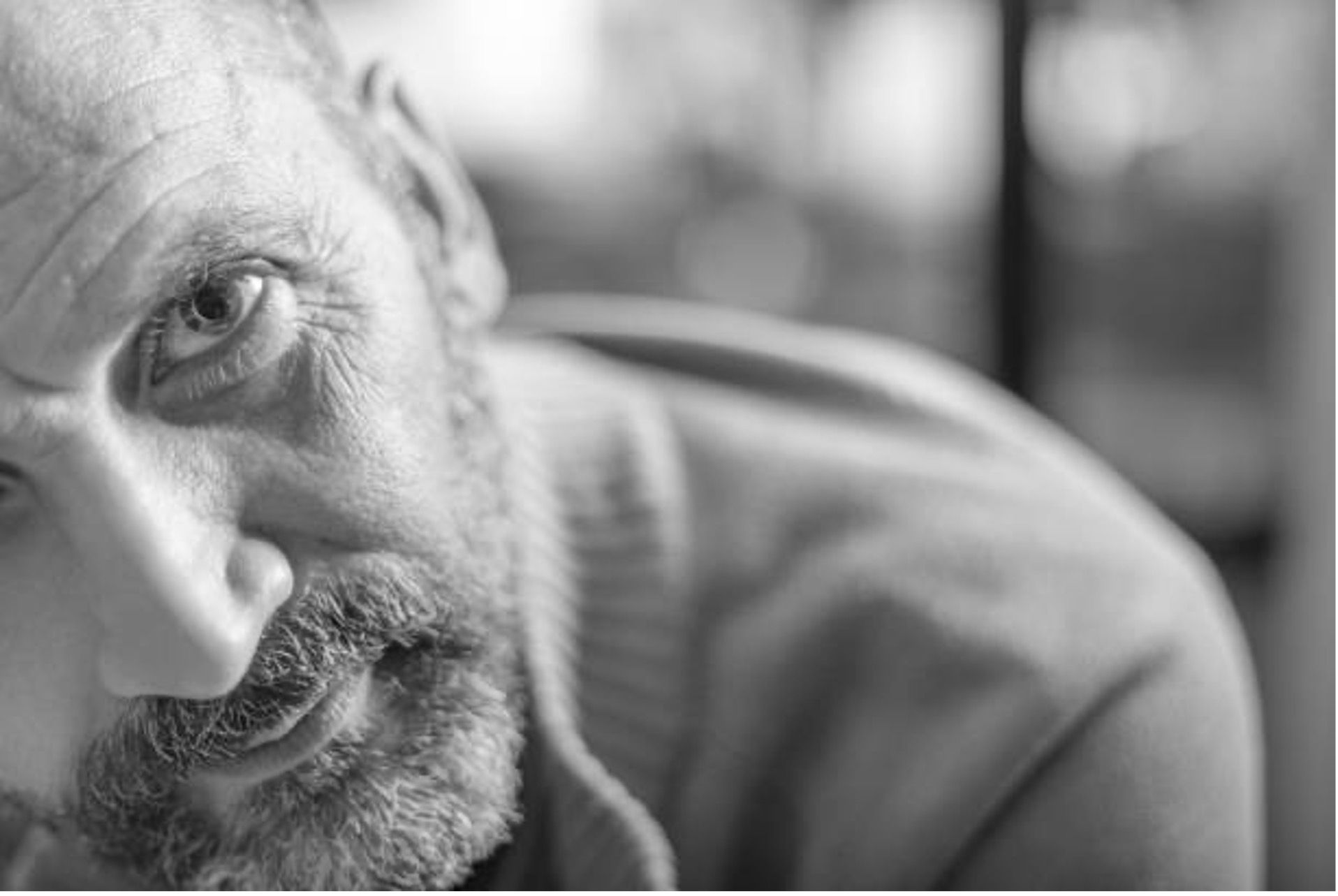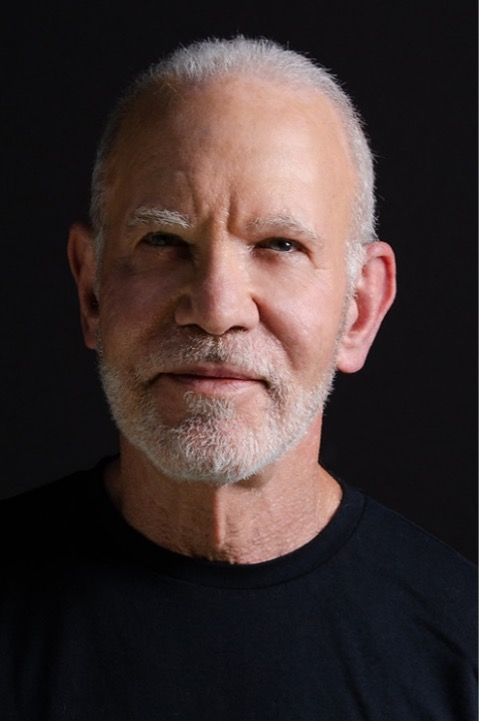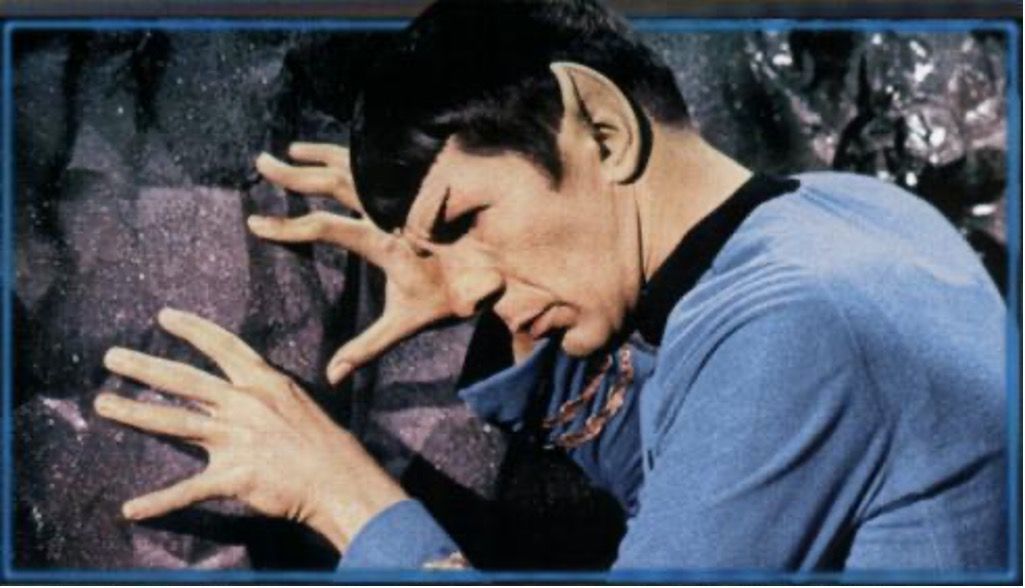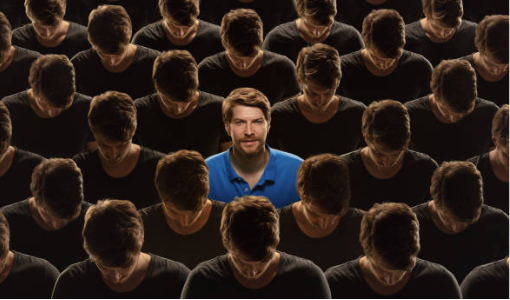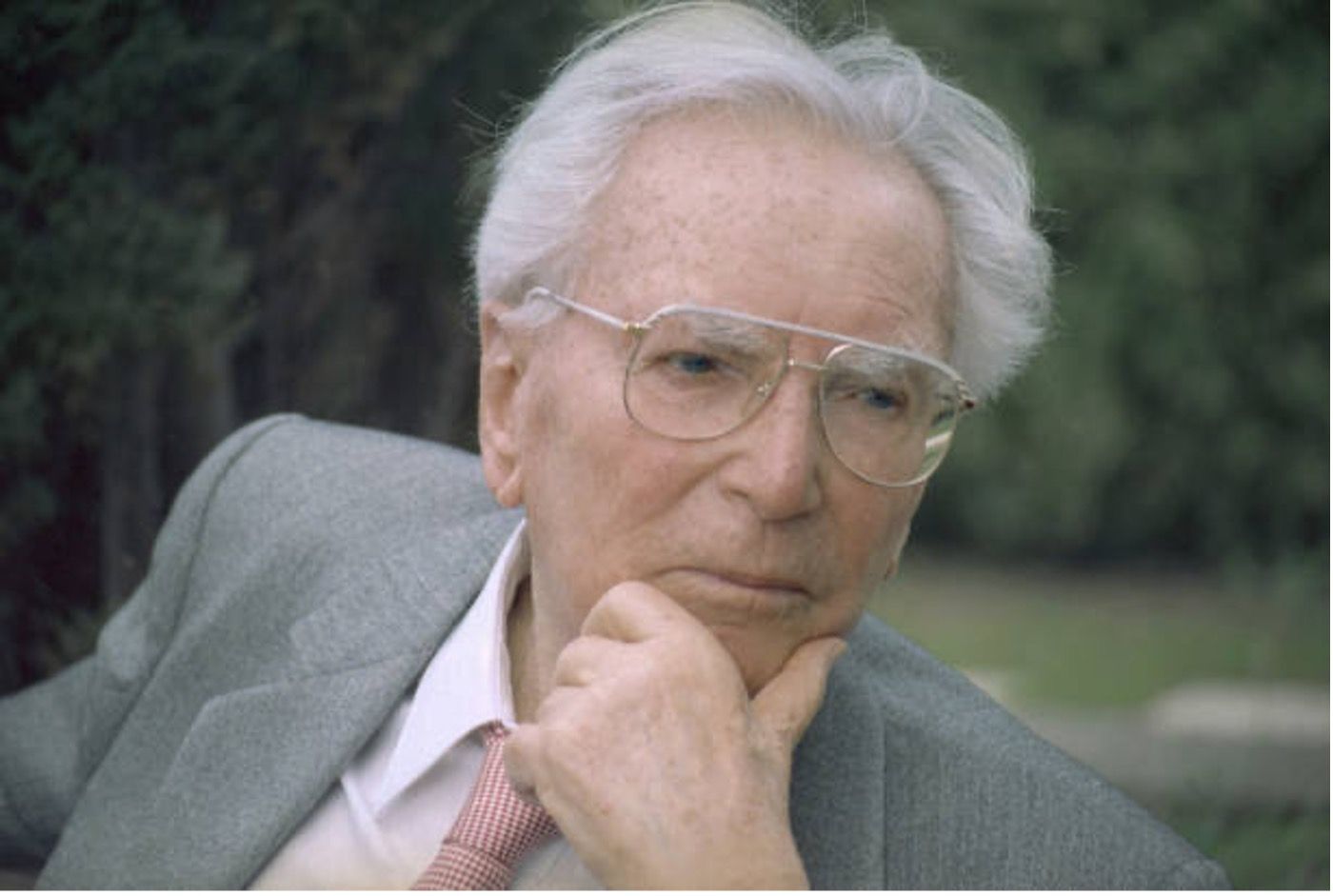The Bold, Audacious Half-Century Legacy Plan
The Bold, Audacious Half-Century Legacy Plan


A 50-year strategic plan is also known as a long-term or 50-year vision plan. Sometimes, it is called an enduring strategic framework. All are designed to guide the stakeholders and their actions for decades.
This particular half-century plan is my legacy plan. It will be 2074 in 50 years. I certainly won't be around at 129, but I believe this plan will fully blossom then.
This legacy plan provides a broad, forward-looking roadmap for a particular segment of late-aged individuals, ensuring their decisions align with this plan's long-term goals and vision.
The plan is to inform, train, and develop those life-tested former career professionals to transition from the confines of the cultural and adopted, unexamined models of growing old to becoming a contemporary elder. Ultimately, the plan is to generate sufficient contemporary elders to influence the future.
This document is the plan's opening, context, vision, and numbers.
FOUNDATIONAL ELEMENTS OF THE PLAN
One attribute that elders develop is higher wisdom. Former career professionals have highly developed conventional wisdom but have minimally developed higher wisdom.
However, conventional wisdom can be a gateway to higher wisdom, although they are not the same.
Conventional wisdom concerns widely accepted beliefs and practical knowledge. Higher wisdom involves deeper insights and understanding that lead to a more profound understanding of life, truth, and existence.
Former career professionals became successful because they possess conventional wisdom and consistently have expanded and deepened it.
Although not the same, some of the same abilities that engendered conventional wisdom can be used to attain higher wisdom. In our culture, it's the easiest route to higher wisdom.
Contemporary elders have developed higher wisdom while retaining and sharpening their conventional wisdom. Being successful in conventional wisdom while embodying the capacities of ancient elders makes them elders for our times and, thus, contemporary elders.
This half-century plan was created by standing in both conventional and higher wisdom.
Higher wisdom allowed me to see deeper into the past and further into the future.
Higher wisdom let me distinguish the larger contexts, patterns, and trends unfolding leading to the future.
Higher wisdom enabled me to see the historical, current, and projected data in ways that opened insights into the future.
DATA FOR THE PLAN'S ASSERTIONS
In the U.S.,10,000 people a day turn 65.
Approximately 60 million people over 65 are in our country, which is 18% of the population.
By 2030, people over 65 will make up 21% of the population, surpassing Malcolm Galadwell's tipping point. This percentage will solidly put this legion into the Major Majority on the Bell curve of change—not just a foot in the door but now a firm seat at the table.
The number of people aged 65 and older in the U.S. is projected to reach around 90 million by 2050, a significant increase from approximately 60 million today.
By 2050, those over 65 will be 45% of the U.S. population.
By 2050, the number of people over 65 will outnumber those under 15. [Note*—This is the final element to shift the context.]
When the context shifts, the culture shifts.
The culture will shift from youth over age to age over youth. [Note* - First time on the planet.]
The opportunity for peace, equanimity, and reconciliation becomes much more available when this contextual shift occurs.
Although some shift will have occurred previously, the 2050 numbers will happen, and age-over-youth will become gravity.
Today, spending by people over 50 is 53% of our economy. Due to longer life expectancy by 2050, spending by people over 50 will rise further as this group represents an even more significant portion of the population that remains active in the economy. In a consumer culture, this makes them heavyweights.
Today, 50% of startups are by people over 50. This percentage will only increase because investors have observed that those over 50 present less risk and have better chances for success.
Americans 65 and older hold a significant portion of the country's wealth. Current estimates are that people over 65 control 40% to 45% of the total U.S. household wealth.
In dollar terms, this wealth is approximately $35 trillion to $40 trillion. At the same time, the U.S. economy is estimated at $26.6 trillion.
Money has power, real leverage, and a booming voice.
The wealth of those 65 and older will increase because they spend less and keep more money in their portfolios. Their wealth will grow faster than other generations.
Today, one out of five will make it past 90.
This ratio should be adjusted for my particular market, which is former career professionals.
Former career professionals exhibit significant practices that increase their lifespan and health span: education, retirement incomes, and access to better health care.
If things stay relatively steady, and of course, that's a big if, their odds of making it into their 90s are far better than those of the general population their age.
Lastly, former career professionals were strongly purpose-driven. They know how to unify themselves around a purpose, which made them successful in their careers. Their experience of purpose is now gone, leaving them empty. They are eagerly seeking to live in that experience of purpose again.
PROFILING THE MARKET
Check the Boxes:
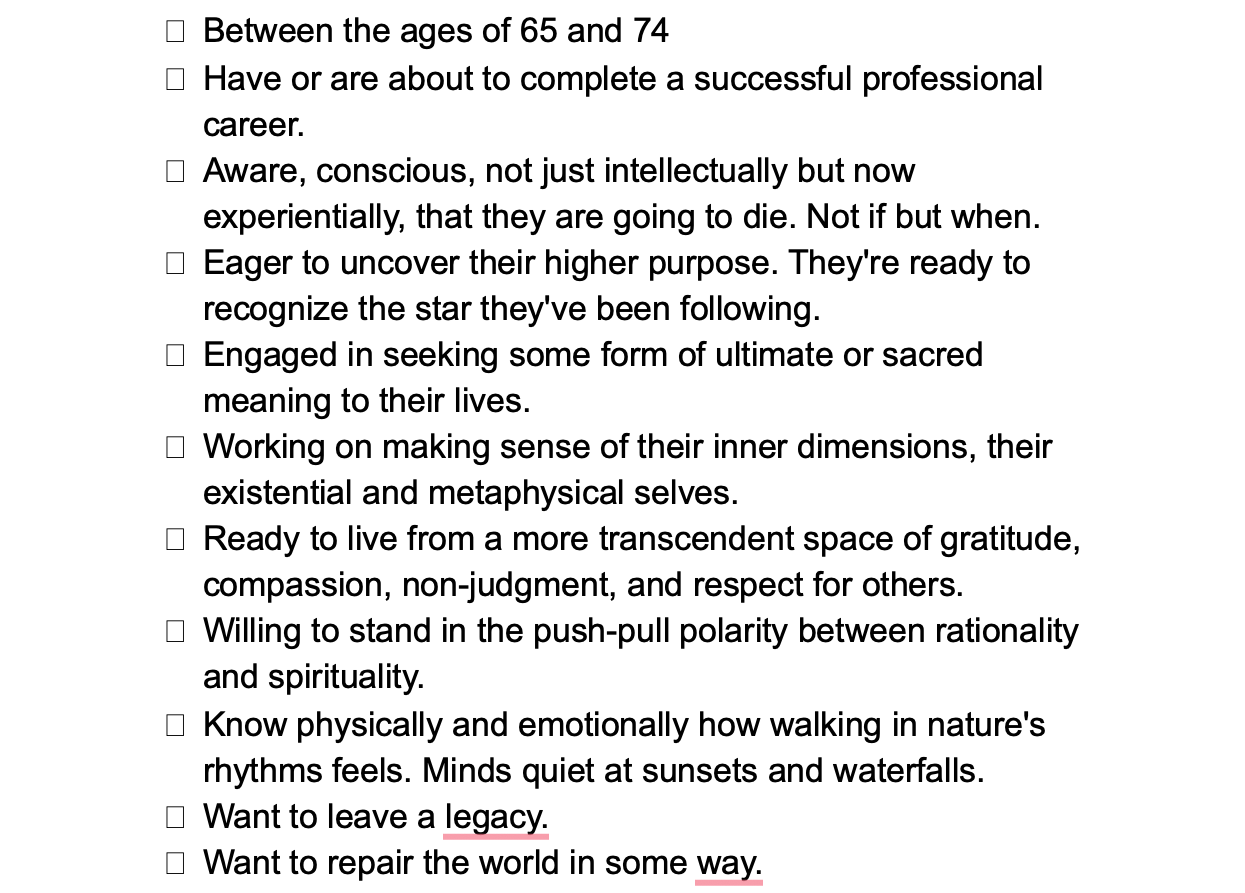
Potential contemporary elders check most or all of these boxes.
MARKET SIZE
It is reasonable to estimate that a large portion—perhaps 40-60%—of the 60 million people aged 65 and older were former career professionals, meaning they held long-term, skill-based jobs in business, healthcare, government, education, and skilled trades.
This could amount to roughly 24 to 36 million people.
I used the 80/20 rule to estimate my market size. It's crude, but it's an excellent place to start. I multiplied the average age between 24 and 36 million, 30 million, by 20%, resulting in an initial market range of 6 million.
Knowing our market's characteristics, qualities, and unmet needs makes the SEO design and outreach straightforward. Former career professionals search, read, watch, talk, and social network, wondering how to answer the last-third-of-life questions.
This late-aged market has already done or is currently engaged with trusts, wills, executors, and end-of-life plans. But they also feel the strong pull of something else, something fundamentally and deeply missing.
They are sensing some revelation, insight, sign, disclosure, or something that would make a profound difference at this time in their lives, but they are not sure what that is.
The plan is the container that addresses and satisfies what this market is seeking. The who and how of this can be done have been proven. We can transform qualified late-aged people into contemporary elders.
The ambitious and vital plan foresees a deep integration of elders' presence and values into all facets of society by 2050. This will reshape how we view aging and create a cultural shift toward honoring wisdom, experience, and guidance from older generations.
What is an elder for our times, a contemporary elder, and how will they change – themselves and the world?
Well, you'll just have to read the book for that.
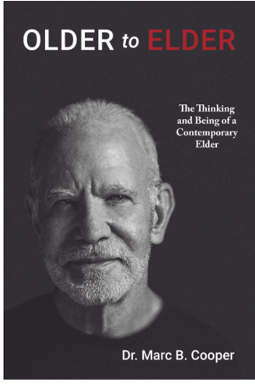
Available October 1st on Amazon and October 10th in Bookstores. PURCHASE HERE.
"Dr. Cooper's latest book, Older to Elder, is a powerful plea for action, reminding us that life is fleeting and the importance of embracing change and personal growth as we age. Marc challenges us to embody the wisdom that comes with age, take personal responsibility for leading a more liberated, fulfilling life, and positively impacting the world."
Dr. Mark Silberg
Founder and Chairman
Before I Go


